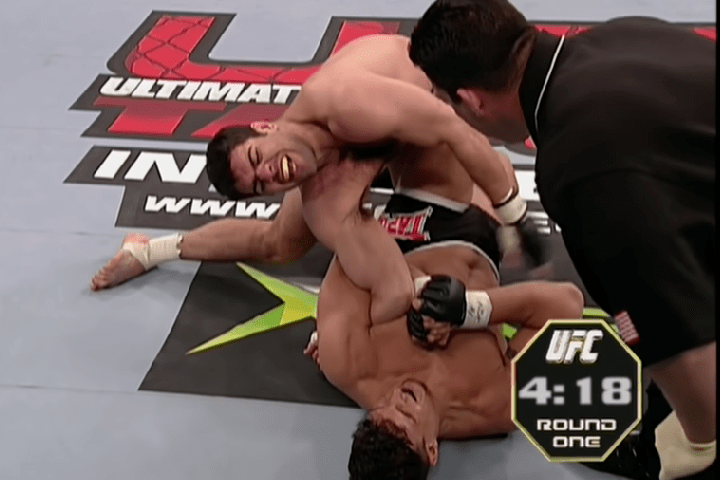The Ultimate Fighting Championship (UFC) is a high-stakes world where athletes push their bodies to the limit. The thrill of victory and the agony of defeat are amplified by the intense physicality of the sport. However, beneath the spectacle lies a stark reality – the risk of injury. According to recent statistics, the overall injury prevalence for combat sports athletes, including UFC fighters, is a staggering 73.6%. This figure serves as a sobering reminder of the dangers these athletes face every time they step into the octagon.
The Titans of the UFC
Despite the risks, many fighters have carved out legendary careers in the UFC. Among them are Anderson Silva, Khabib Nurmagomedov, Daniel Cormier, Stipe Miocic, Fedor Emelianenko, Amanda Nunes, and Jose Aldo. These fighters boast impressive records, with Khabib Nurmagomedov standing undefeated at 29-0. Their prowess in the ring has not only earned them accolades but also significantly influenced the UFC betting odds.
The Art of Combat: Techniques and Tactics
In the UFC, victory is often determined by a fighter’s ability to execute a variety of techniques. From knockouts to submissions, each fight is a showcase of strategic planning and physical prowess. As an example of the value of versatility in the octagon, Georges St-Pierre holds the records for both the most takedowns and the most strikes in a single UFC career.
The Spectacle of the UFC: Record-Breaking Events
The UFC has seen its fair share of monumental events. The match between Conor McGregor and Nate Diaz at UFC 202 pulled in an all-time high of 1.65 million pay-per-view buys. This record was later broken by UFC 229 – Khabib vs Conor, which reached 2.4 million pay-per-view buys. Such events not only generate significant revenue but also shape the UFC betting odds.
The Fans: Fueling the UFC Machine
The UFC’s success is largely driven by its fan base, which primarily consists of individuals aged 30 to 49 years. These fans not only tune in for pay-per-view events but also visit UFC.com, contributing to the organization’s popularity and profitability. Their engagement is crucial in determining the UFC betting odds.
Training Regimen and The Physical and Mental Preparation
Competing in the UFC requires intense physical and mental preparation. Fighters typically train in various martial arts disciplines such as boxing, Muay Thai, wrestling, and Brazilian Jiu-Jitsu. Training schedules are rigorous, often involving two or three sessions per day, six days a week. It’s not uncommon for these athletes to spend 20-30 hours a week honing their skills, strength, and conditioning.
Yet, the physical aspect is just one piece of the puzzle. Mental fortitude is equally, if not more important. Many fighters work with sports psychologists to build mental resilience and improve focus. Anxiety management, positive visualization, and mental rehearsal of techniques are common practices in a fighter’s mental training regimen.
The role of nutrition and rest cannot be overlooked. Fighters maintain strict diets to optimize their performance and make weight for fights. Adequate sleep and rest periods are crucial for recovery, injury prevention, and overall health. This comprehensive approach to training is what equips UFC fighters to handle the high-stakes environment of the octagon.
The Business Behind the Brawls
The UFC is not just about raw physical battles; it’s a multi-billion-dollar business. The organization generates substantial revenue through various avenues. Pay-per-view events, like those headlined by marquee fighters such as Conor McGregor or Jon Jones, often result in millions of purchases.
Additionally, licensing deals and broadcasting rights, especially for international markets, contribute significantly to the revenue stream. Sponsorship agreements also play a vital role. UFC’s outfitting policy with Venum, an MMA apparel brand, is one such example.
Fighter compensation, however, is a controversial topic within the UFC. While top-tier fighters enjoy lucrative paydays, many lower-ranked fighters struggle with relatively low compensation, leading to debates about fighter pay and the need for a fighters’ union.
Conclusion
As the UFC continues to grow, it faces both challenges and opportunities. The high injury rate among fighters raises questions about safety protocols and athlete welfare. At the same time, the sport’s increasing popularity presents opportunities for expansion and innovation. As the UFC navigates these issues, fans and bettors alike will be watching closely, their anticipation reflected in the ever-changing UFC betting odds.

















